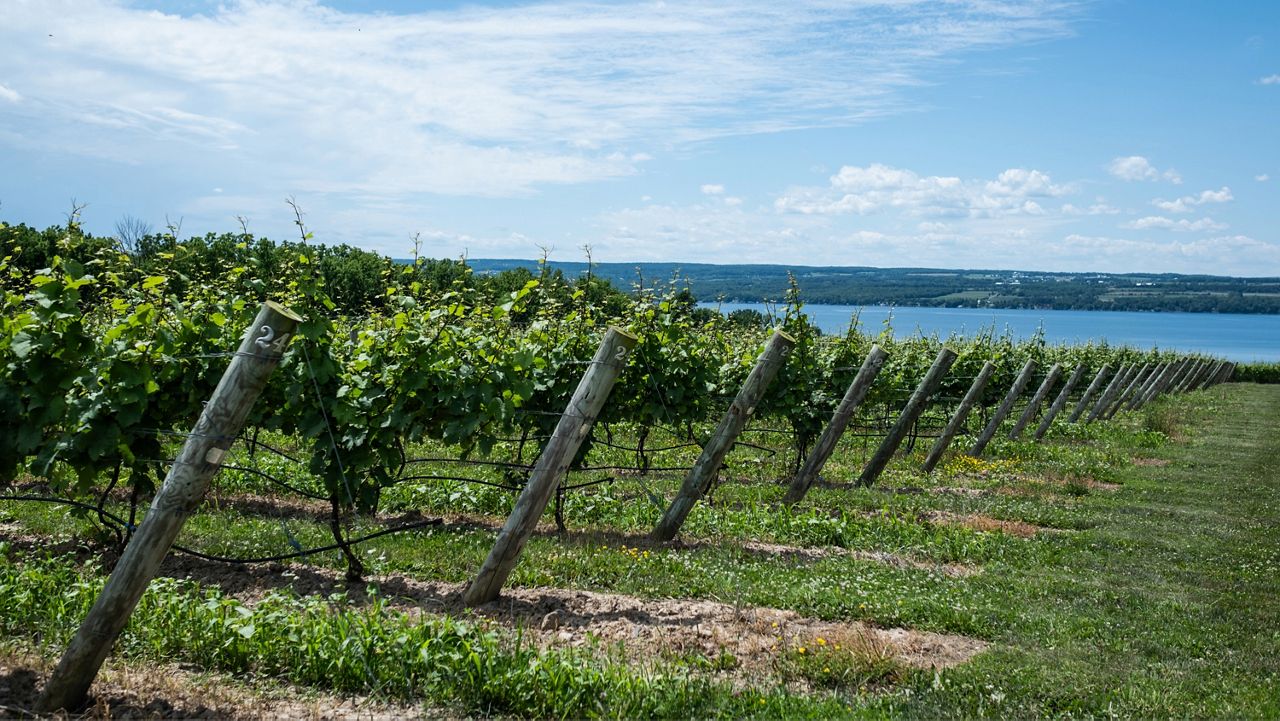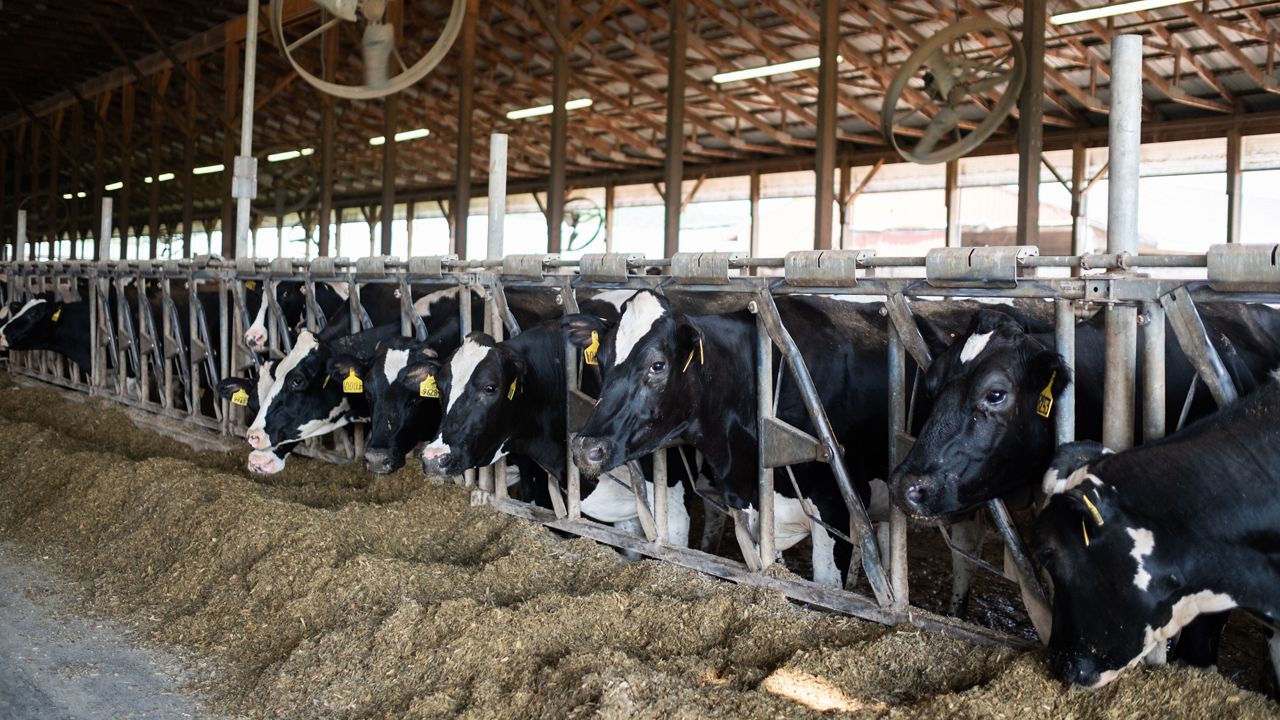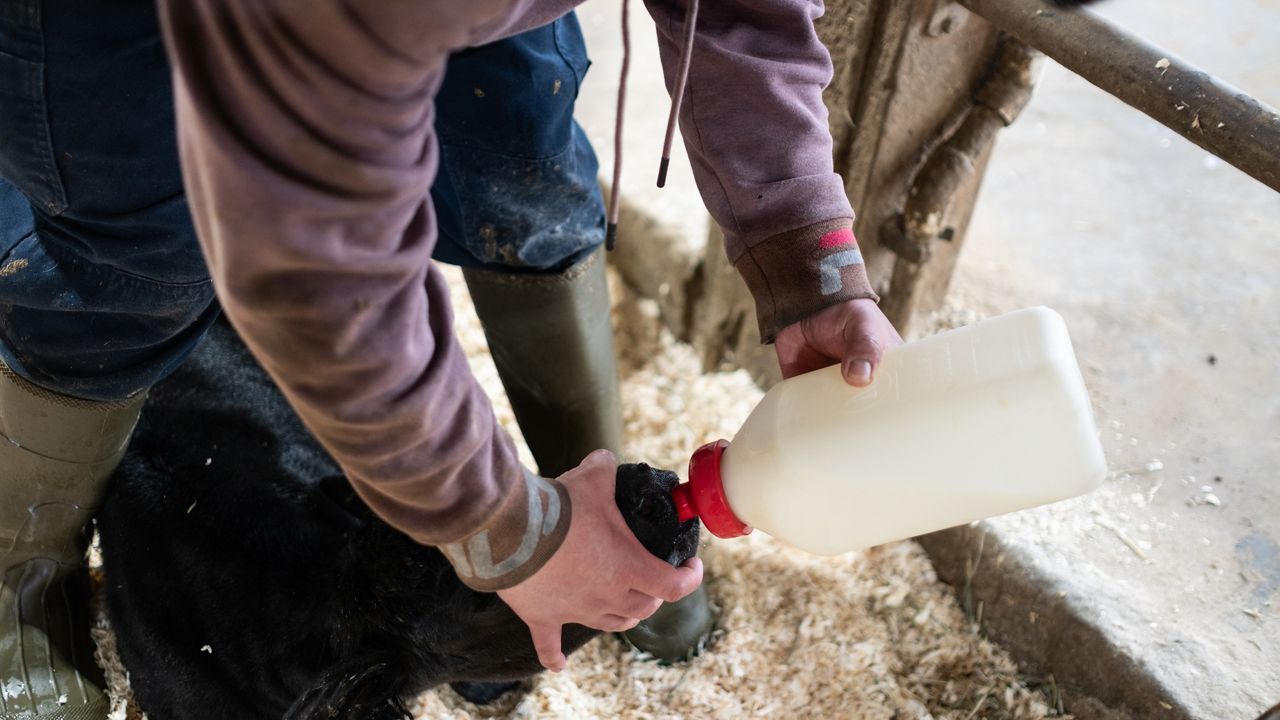After a frost last year caused vineyards to lose up to 40% of their crop, farmers are expecting a larger harvest this year but not without taking costly steps to prevent other disease.
Bruce Murray, owner of Boundary Breaks in Lodi, said they are beginning to see what their crop will look like for the season.
“You have berries now, so this is the beginning of a classic cluster of grapes forming on the vine and this year we have lots. We think it’s going to be a really big harvest,” Murray said.
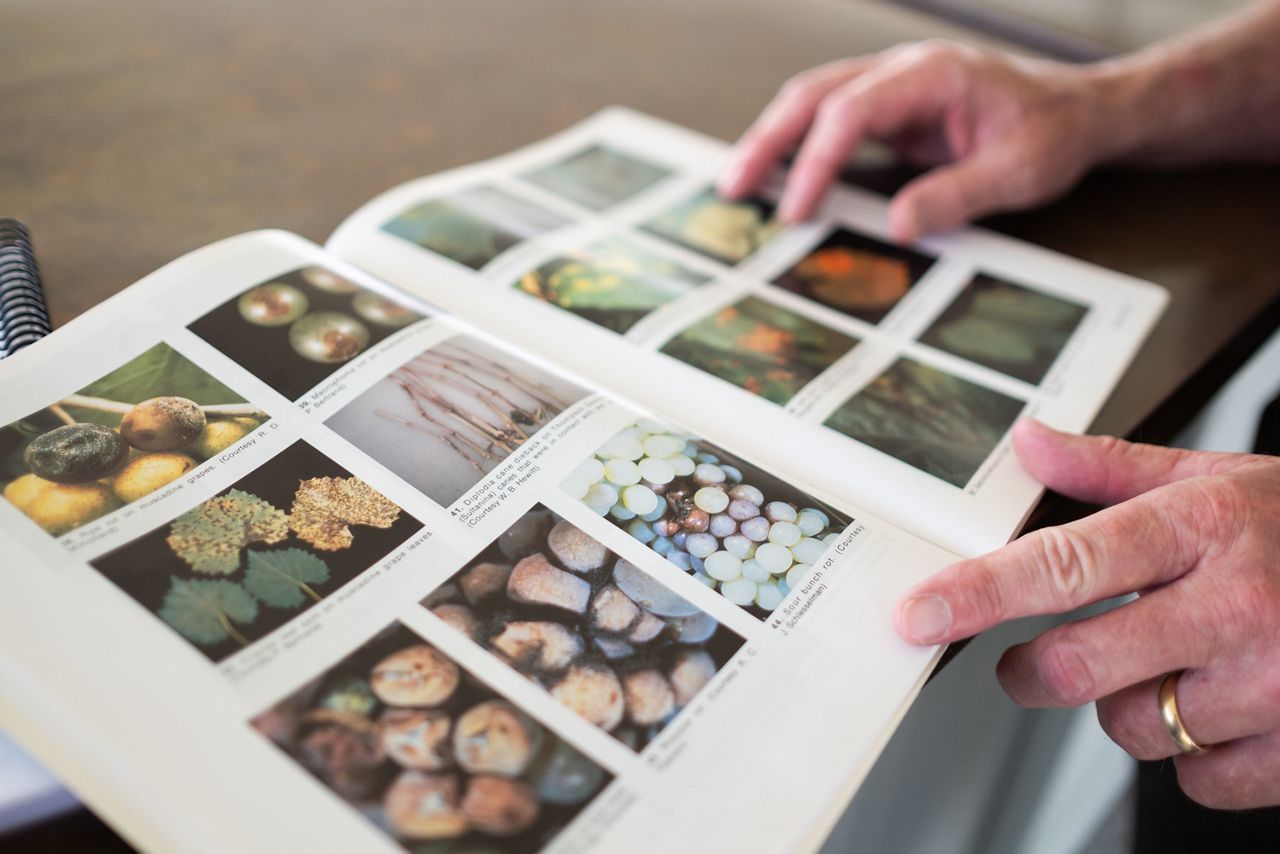
But damaging frost isn’t the only danger growers need to watch for. With the different stages of growing come different types of threats to the grapes and vines, including a disease called sour rot.
“Basically, this occurs when the skin gets very fragile. What happens here is you get an injury to the berry, or an insect will puncture it like fruit flies or wasps. The fruit flies, in particular, not only establish the breakage but they fly around and transmit the bacteria,” Murray said.
The grapes will then begin to smell like vinegar, which doesn’t make for good wine, he said. Damage can also occur when there is a lot of rain, and the grapes soak up moisture and split. Many growers are selective about the varieties they plant for this reason.
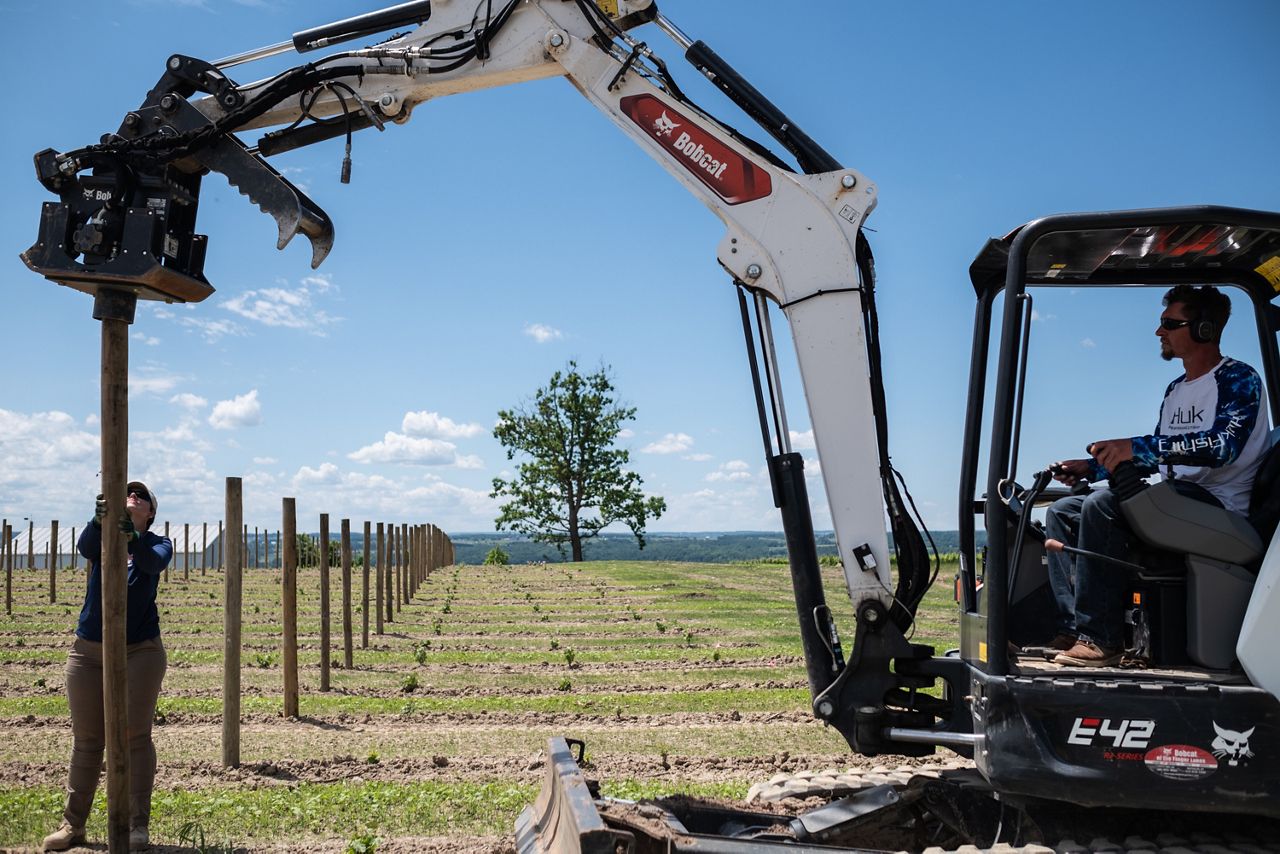
“First of all, try to plant grape varieties that are known for having looser clusters,” Murray said.
Managing these diseases can be costly.
“It’s probably between $70,000 and $80,000 a year in spray for our 50 acres that we manage, and that’s a combination of the equipment, personnel, the materials and the time,” Murray said.
Research into the impacts of sour rot and management strategies from Cornell University found that the presence of fruit flies, wasps and birds heavily impact the severity of sour rot.
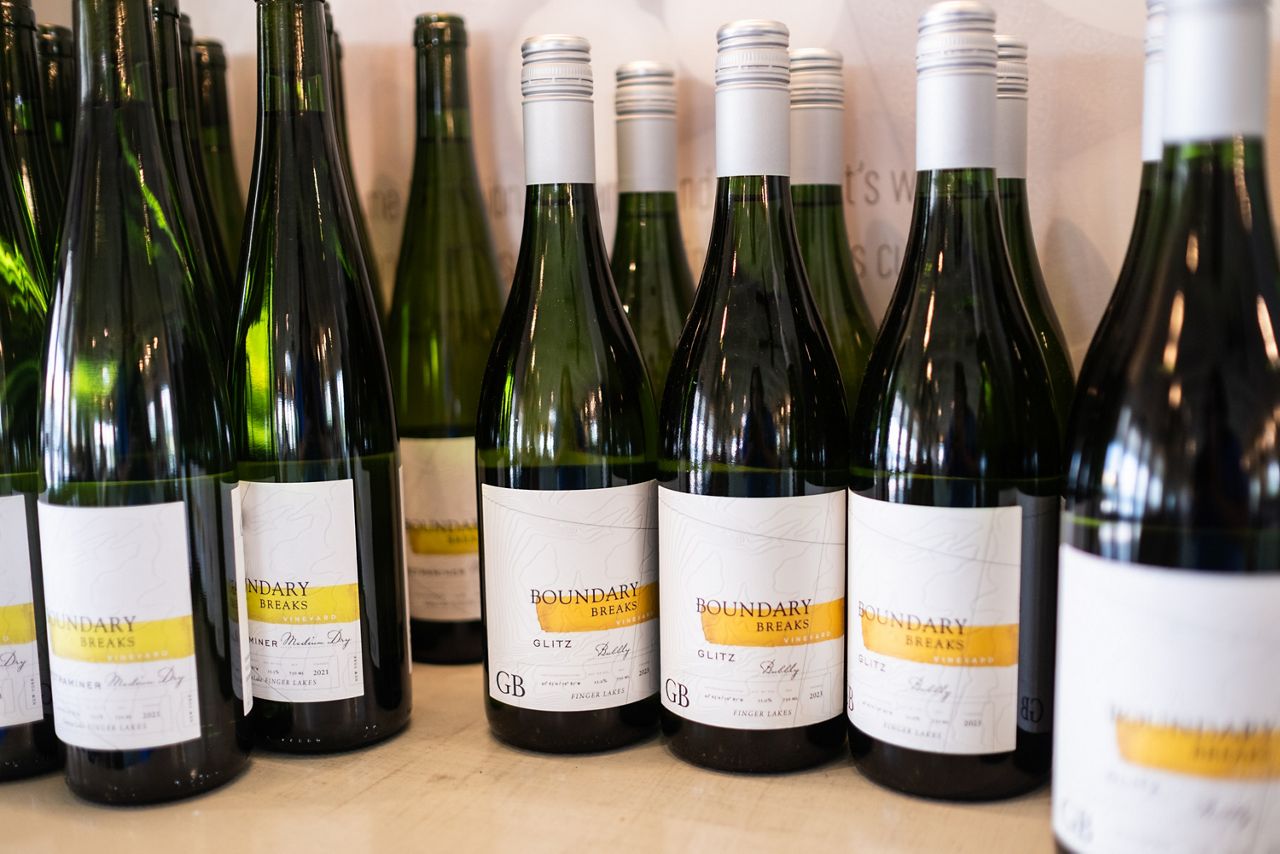
“It’s the combination of damage and flies that really gives you the worst situation. If you just have the damage without the flies, you might see a little bit more sour rot depending on the kind of damage but really when you add the flies, you get a strong effect,” said Greg Loeb, a professor of entomology.
He has found two different strategies to manage sour rot: using insecticides to suppress the fly population or keeping damage by wasps, flies and birds at a minimum.
But it isn’t always so easy.
“Three out of the four classes [of insecticides] that are labeled for use against fruit flies have shown high levels of resistance, which doesn’t necessarily mean those chemicals are failing but they’re not working as well,” Loeb said. "That makes it extra challenging for growers."
Paul Brock, owner of Silver Thread Vineyard in Lodi, grows pinot noir, which is particularly susceptible to sour rot, takes a slightly different approach to managing the disease.

“If I can get the berries to have thicker skins, I feel like they’re going to be more resistant to sour rot,” Brock said.
Instead of reacting to sour rot when it is already present, Brock uses biological materials for disease fighting that turn on the plant’s defense mechanisms.
“One of the reactions we’ve seen is thicker skins. The only measurement I really have is on the crush plate where I know the fruit I grow is getting less yield than the fruit I'm getting from other people even though I’m processing it the same way,” Brock said.
In other words, he is seeing less juice and more solid materials when he runs his grapes through the press. In addition to the biological influences, he uses calcium sprays that are known to help thicken the skin.
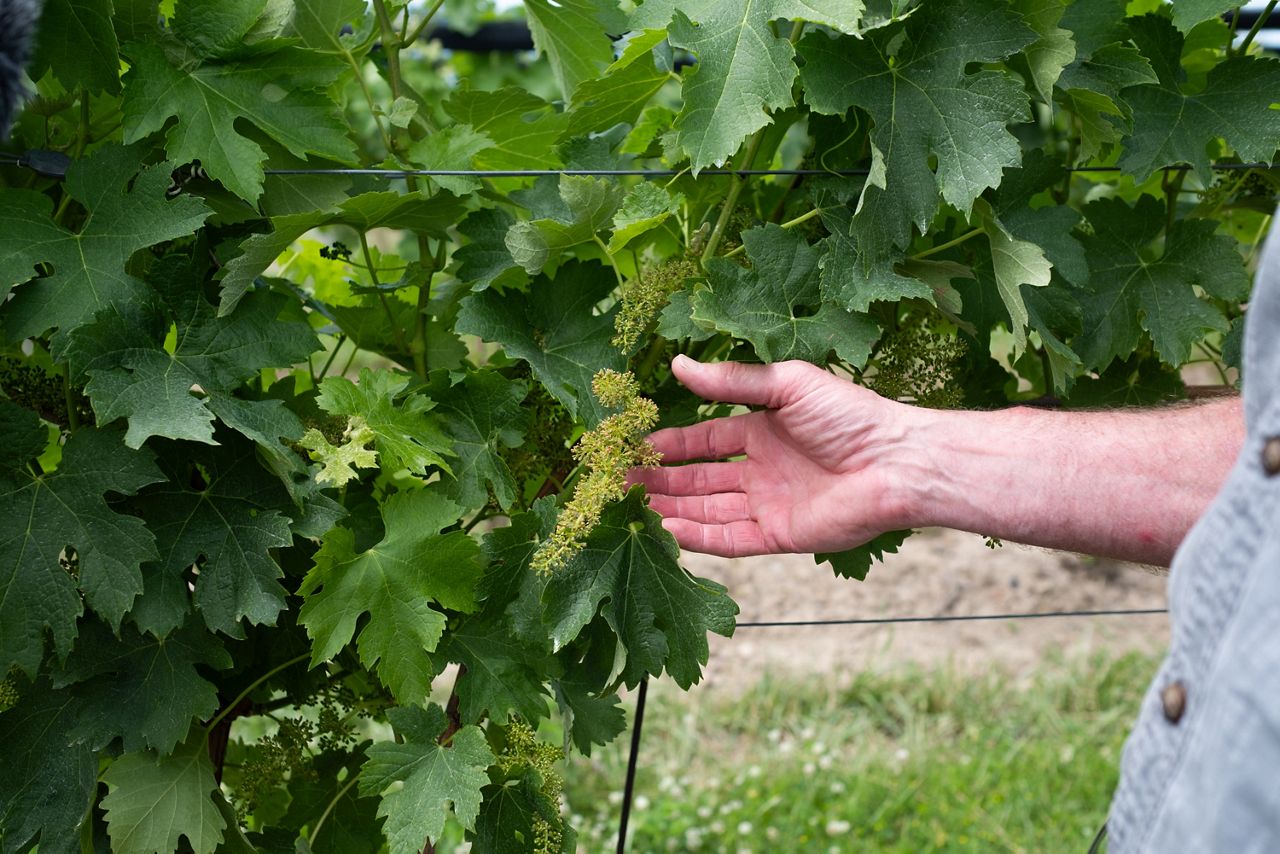
While Brock has seen that this has helped his grapes, he would like to see more research on sour rot and other climate change-related diseases. With changes in weather patterns, Brock said we have been getting warmer nights and higher humidity that contribute to the development of more sour rot.
“I think most of the industry is really focused on the traditional sour rot research of ‘give me an antimicrobial, give me an insecticide’ and I say traditional, but this is really new. Sour rot hasn’t really been a problem until the last 15 years or so,” Brock said.





